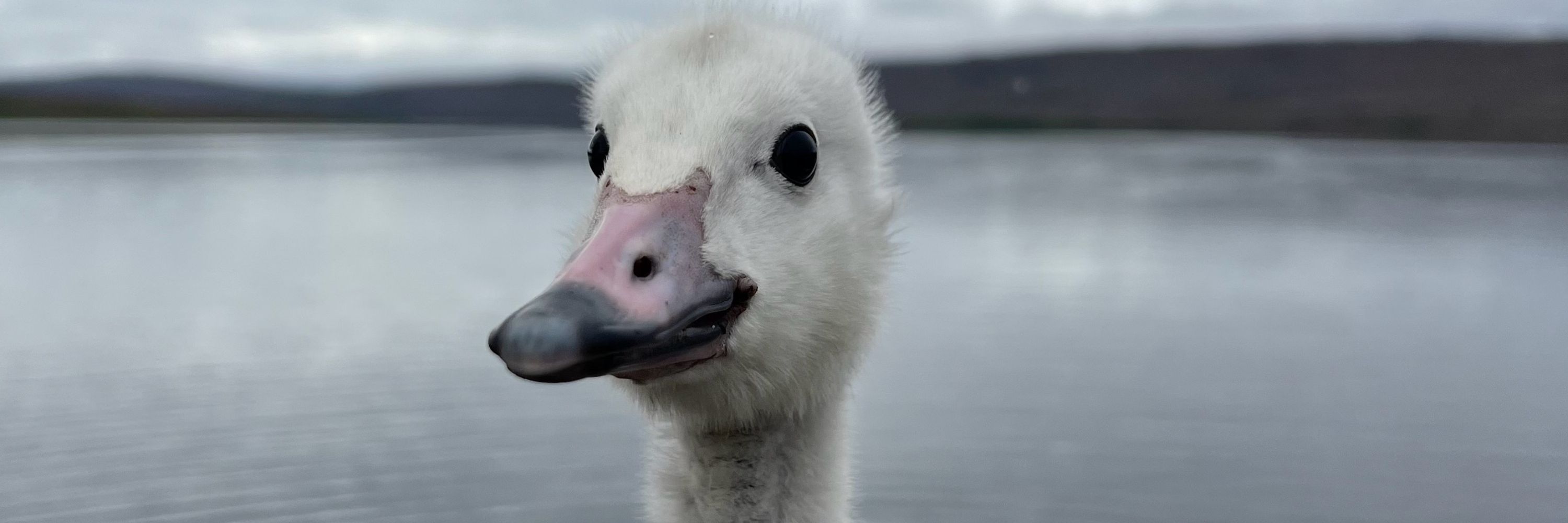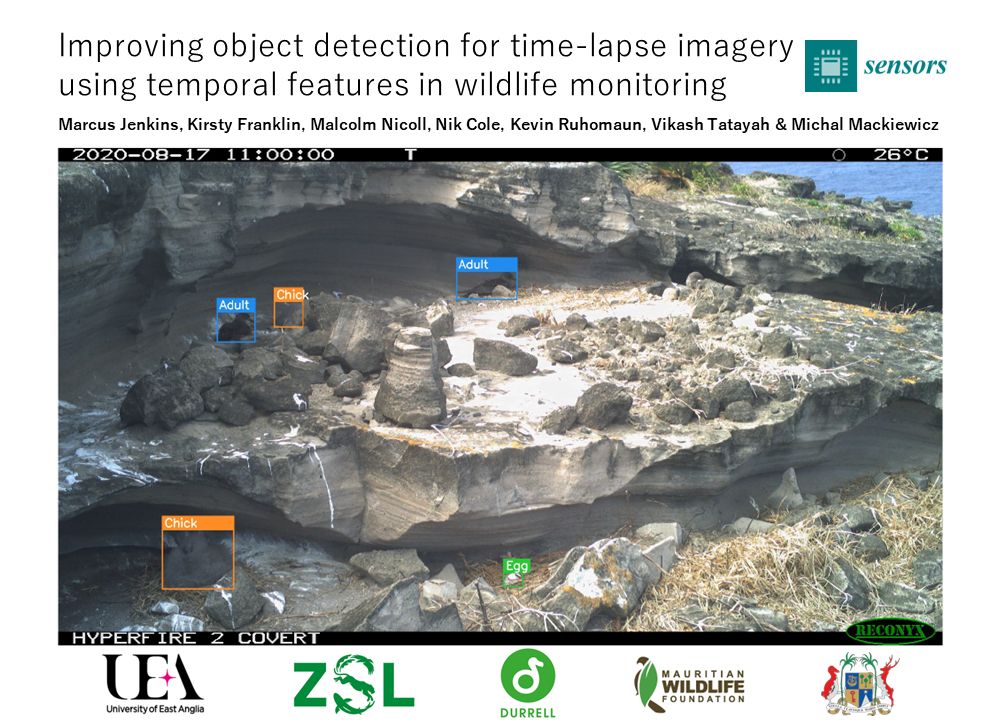
📷 Sick Whooper Swan by Kane Brides
#UKBirding #BirdingWales #BirdingScotland

Change over time plots: stephenvickers.shinyapps.io/ringing_tota...
Spatial trends maps (ringing only): stephenvickers.shinyapps.io/ringing_map/


Change over time plots: stephenvickers.shinyapps.io/ringing_tota...
Spatial trends maps (ringing only): stephenvickers.shinyapps.io/ringing_map/
www.linkedin.com/pulse/icelan...

www.linkedin.com/pulse/icelan...
I'm excited to announce that the theme of the 2027 BOU conference is Avian Disease Ecology!
📍 Nottingham, UK
📅 6–8 April 2027
🔗 Full details: lnkd.in/gPvFFDJe
Please share widely!
#BOU2027 #Ornithology #WildlifeDisease #AvianDisease #EcoHealth

I'm excited to announce that the theme of the 2027 BOU conference is Avian Disease Ecology!
📍 Nottingham, UK
📅 6–8 April 2027
🔗 Full details: lnkd.in/gPvFFDJe
Please share widely!
#BOU2027 #Ornithology #WildlifeDisease #AvianDisease #EcoHealth



Huge thanks to all involved!
www.nature.com/articles/s41...

Huge thanks to all involved!
www.nature.com/articles/s41...

We link this to social learning in novel migration route development.
rdcu.be/d57Mw
1/10
#ornithology
We link this to social learning in novel migration route development.
rdcu.be/d57Mw
1/10
#ornithology
Proud of this collaboration with UEA Computing Sciences' Marcus Jenkins & Michal Mackiewicz to improve object detection for time-lapse imagery using temporal features. 📷🖥️⏲️
Open Access in Sensors: mdpi.com/3088004

Proud of this collaboration with UEA Computing Sciences' Marcus Jenkins & Michal Mackiewicz to improve object detection for time-lapse imagery using temporal features. 📷🖥️⏲️
Open Access in Sensors: mdpi.com/3088004
Come work on a super fascinating system: partial #migration in European shags. #Fieldwork, theoretical #modelling and #QuantitativeGenetics are all possible depending on interests. Please spread to good candidates of any nationality! www.jobbnorge.no/en/available...

Come work on a super fascinating system: partial #migration in European shags. #Fieldwork, theoretical #modelling and #QuantitativeGenetics are all possible depending on interests. Please spread to good candidates of any nationality! www.jobbnorge.no/en/available...

Explore graphs of numbers ringed etc. and NRS records over time:
stephenvickers.shinyapps.io/ringing_tota...
Explore a map of numbers ringed, etc. by region:
stephenvickers.shinyapps.io/ringing_map/




Explore graphs of numbers ringed etc. and NRS records over time:
stephenvickers.shinyapps.io/ringing_tota...
Explore a map of numbers ringed, etc. by region:
stephenvickers.shinyapps.io/ringing_map/
royalsocietypublishing.org/doi/10.1098/...
1/8
#ornithology 🐦

royalsocietypublishing.org/doi/10.1098/...
1/8
#ornithology 🐦

